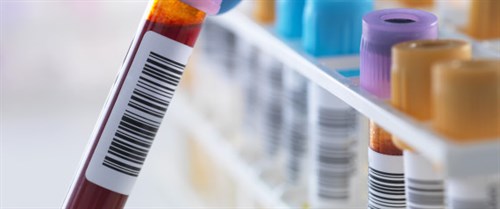The biggest HIV/AIDS research breakthroughs of 2014
Groundbreaking research is uncovering better ways to keep AIDS at bay and prevent HIV infection and transmission.
22 Dec 2014There’s a lot to be optimistic about in the global fight against HIV and AIDS. By the end of 2013, 12.9 million people were taking life-saving anti-retroviral therapies that suppress the virus and help people lead long, healthy lives -- 11.7 million of which were from low- and middle- income countries, according to the World Health Organization.

Groundbreaking research is uncovering better ways to keep AIDS at bay and prevent HIV infection and transmission. There’s even some promising evidence that HIV’s ability to cause AIDS is weakening over time, as the result of genetic mutations.
There could soon be a better way to administer anti-retroviral drugs
Researchers are studying several different injectable drugs that can suppress the virus for months at a time, as opposed to a daily pill. Pharmaceutical companies GlaxoSmith Klein and Jansen are working together to develop monthly injection treatments, reported the South African site Times Live back in October. Monthly injectables could help people stay on top of their HIV-suppressing therapies better than daily pills and could even function as a preventive treatment, according to Times Live, but the technology is still five to seven years away. In the same vein, researchers are also testing if vaginal rings that release anti-retroviral drugs slowly, over time, will be able to protect women from contracting HIV, according to the South African site Health-E.
Doctors can lead the way to healthier drug policies – join IDHDP now.
Share this on: